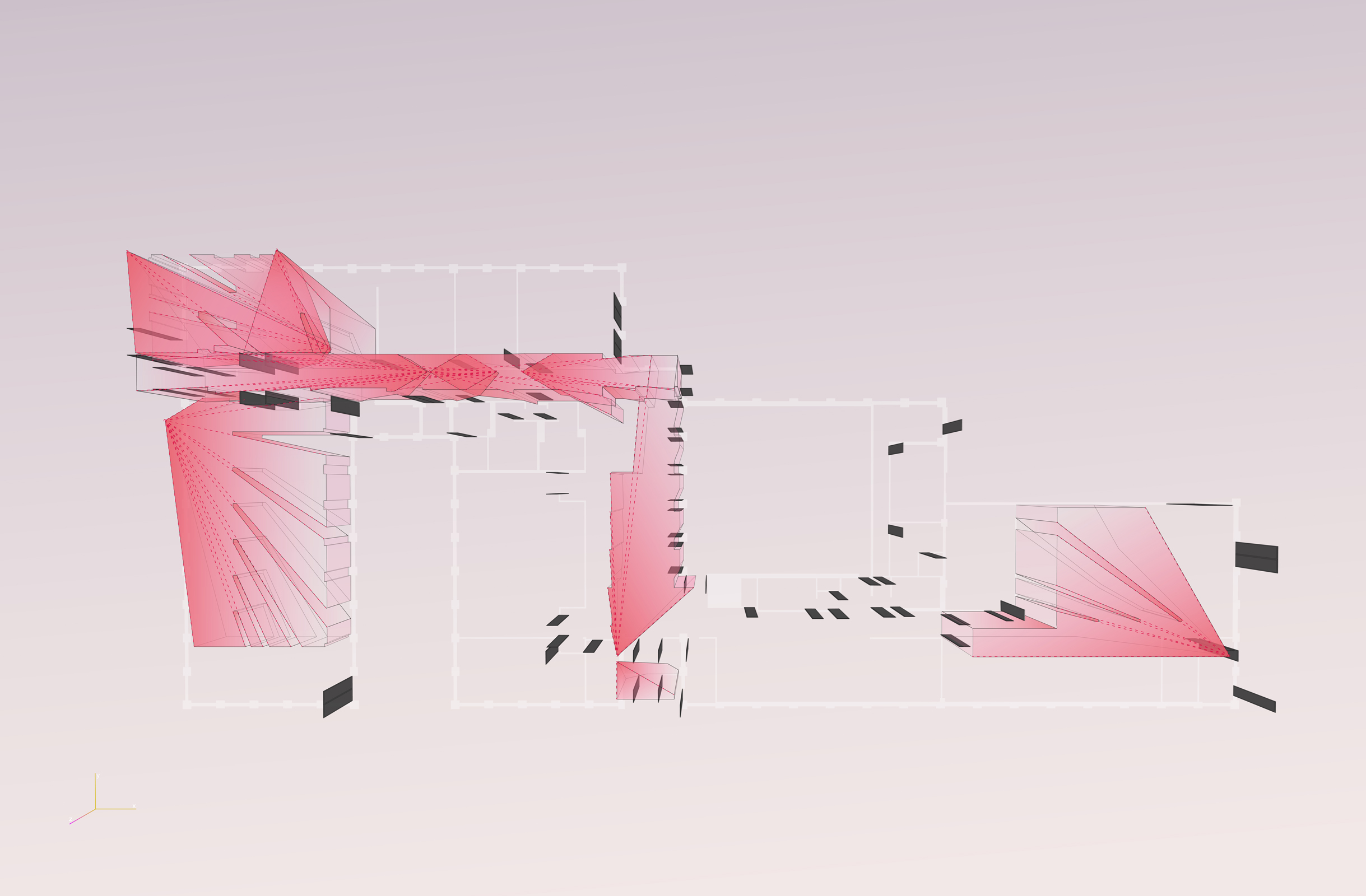
Embracing or Not Enclosing
Caelin Schneider
The simultaneously archaic and hypermodern “archetypal fact” of twenty first
century architecture and urbanism will be the enclosure, the wall, the barrier, the
gate, the fence, the fortress.
-Lieven De CauterI no longer know what there is behind the wall, I no longer know there is a wall, I
no longer know this wall is a wall, I no longer know what a wall is. I no longer
know that in my apartment there are walls, and that if there weren’t any walls,
there would be no apartment.
-Georges Perec
Reflecting on the parallel between displaced towns in France during World War II and the cultural condition of an average Westerner today, Nicolas Bourriaud states: “Culture today essentially constitutes a mobile entity, unconnected to any soil.” Through the processes of ‘Modernism’ and then ‘Postmodernism,’ globalization has brought the world ‘closer’ together through an expansion of capitalism, often under the guise of democracy and equality. The ceaseless progress of neoliberal globalization and its parallel of Postmodernism promised a horizontality and a recognition of the other that had been conventionally repressed and pushed away by Modernism. Yet the shimmer of those promises has long faded away. From globalization’s subsumption of uniform interiors to contemporary society’s evolution into what Lieven De Cauter calls a “Capsular Civilization.” Here the everyday reality clearly aligns with Michael Hardt and Antonio Negri’s prescription of an illusion of continuous, uniform space, which is in fact densely crossed by divisions. Emerging out of this context, this thesis investigates architecture’s role in the production of new inside-outsides which therefore entangles it in the processes of control, regulation, division and connection that result from the contemporary multiplication of boundaries. The partitioning of the world that is so often delegated to architects to act out is never neutral, and the regulation of the transmission between the exterior and interior of these partitioned capsules can be seen as manifestations of Hardt and Negri’s ‘New Segmentations,’ wherein architecture acts to reproduce these contiguous centers and peripheries among the interactions of daily life.
The work of this thesis takes the inherited site of the Waterloo School of Architecture as an area for questioning the structures that reduce our relations to exteriors. The research investigates the found technologies used to support and structure the conditions of access: the locked door, the camera, the window and the wall, and looks to provide a text and a series of artifacts which question these identified forces, in a desire to think something other than the division of inside/outside, self/other; to search for new stories of the interior.
DISCLAIMER:
Embracing or Not Enclosing is many things: a thesis, a book, a series of models, drawings, video, sculpture, a way of looking at what there is round about this position in space. But that doesn’t really get at ‘what’ it is. EONE emerges out of a curiosity for the contradictions of locking the doors to a public university building (the University of Waterloo School of Architecture), and what that action indicates about life within enclosed interiors.
It is predicated on an acceptance of the fact that being interior is a condition of being human, but with a refusal of the status-quo produced by the illusions of stable interiors. EONE knows that it cannot go outside of the institution which contains its germination, for it is aware that every work carried out within, acts to reproduce that very institution. But it hopes that the twists, translations, re-framings, détournements, and other actions performed by the works may signal an opening for something different to come to be.
Both the text and the artifacts were undertaken as methods of thought. With no prior moral, claim, or point, the work is intended as a meditation on the interiors that surround, overlap, and pass through the site. As its contents are built on the vagueness offered by spatial metaphors (“inside/outside,” “open/closed,” “transparent/opaque,” “bare/covered”), the individual works are intended to be inadequately self-sufficient. Text that is largely built on the words of others, chapters that can be read on their own but whose edges flicker and overlap, implicitly referencing and building on each other, relying on a parallel text of footnotes for support. Artifacts both small and large whose production has rendered useful objects useless, digital objects physical, contexts left unstated, fragile, penetrable. Everything is pointing elsewhere, and if the works themselves are then in a sense ‘empty,’ their meaning is constructed not by what they hold within (whose access could be barred or locked), but by linking together the contexts, places, and processes that inform their existence (as in a semiotic chain).
The resulting landscape (itself cluttered with contradictions) is an attempt to follow the lines of power and division which crisscross daily space, and which have become so dense as to be perceived as smooth. In the end this may all just be confusing, but confusing is perhaps quite an appropriate way to define this space and time.
Supervisor
Adrian Blackwell, University of Waterloo
Committee Members
Anne Bordeleau, University of Waterloo
Dereck Revington, University of Waterloo
External Reader
Luis Jacob, Visiting Professor – University of Toronto
The Defence Examination will take place
Monday May 1, 2017
10:30 AM in the ARC Loft
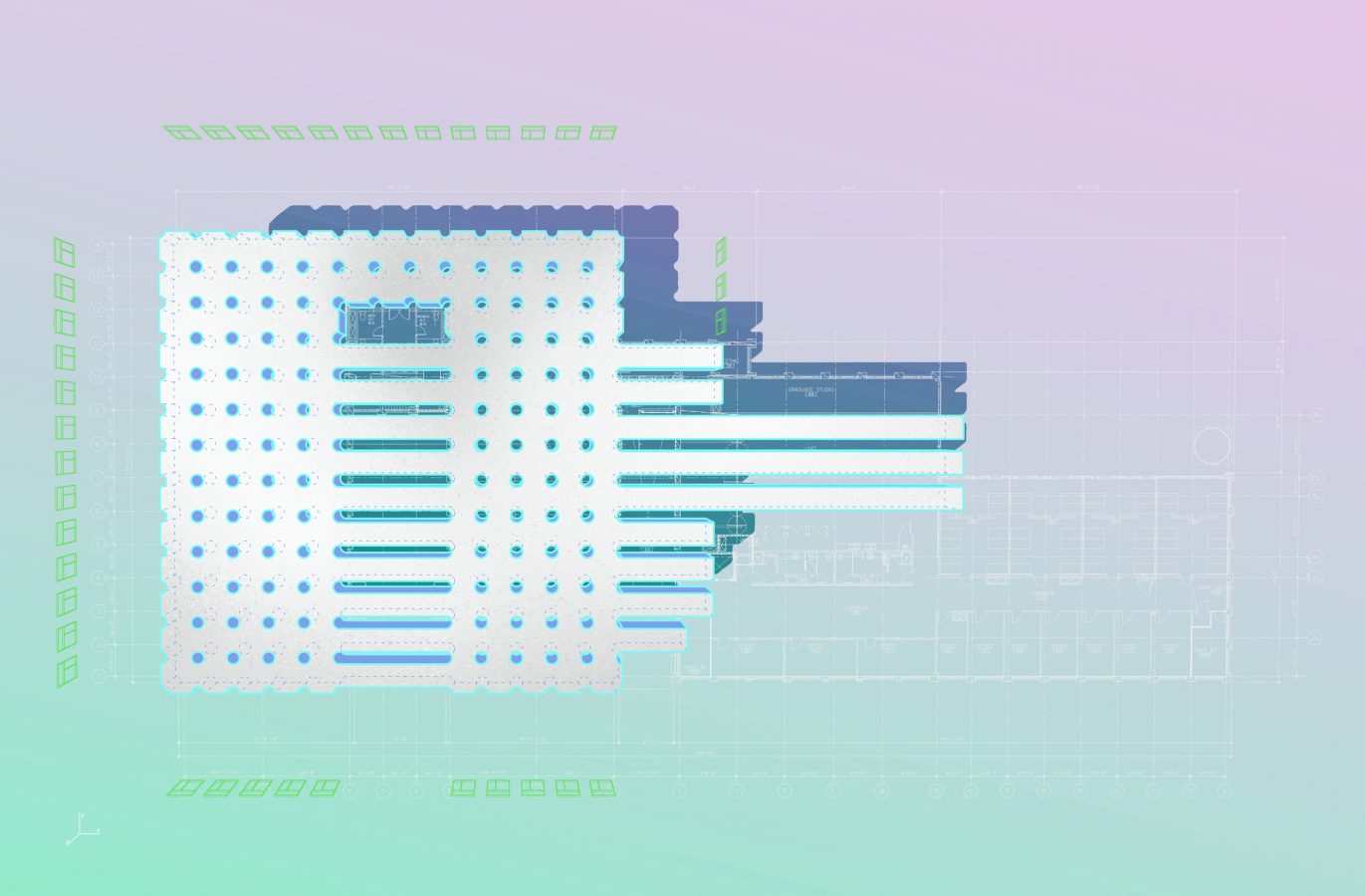
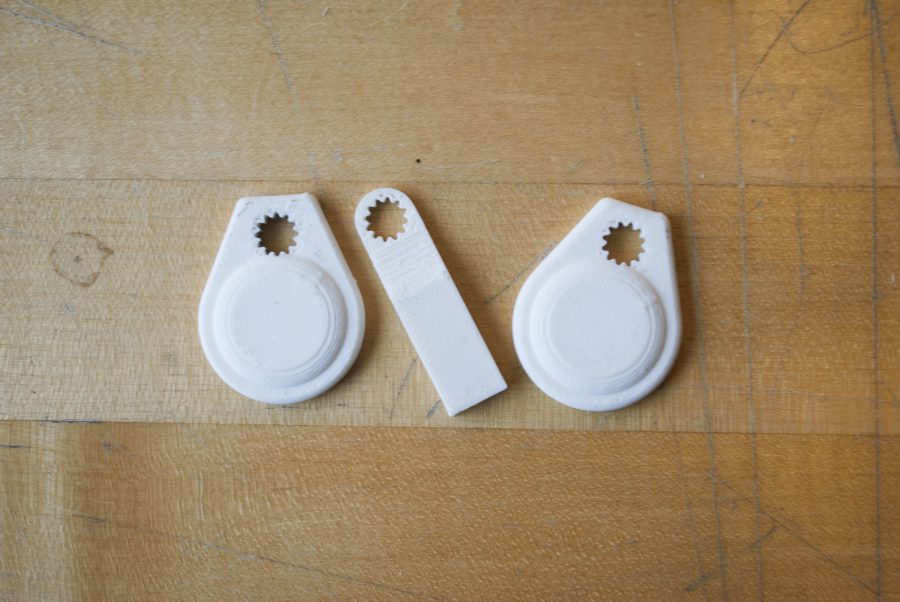
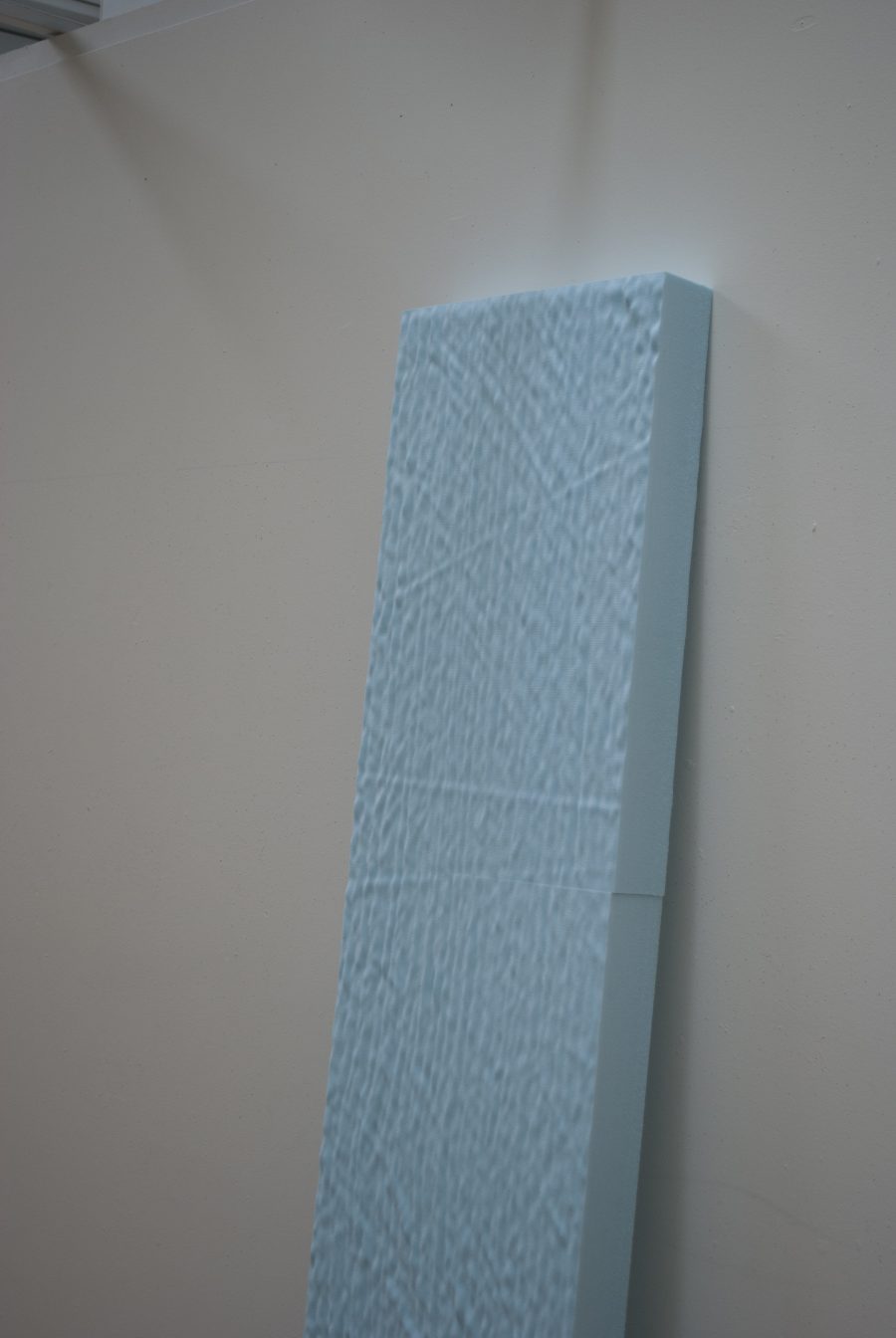
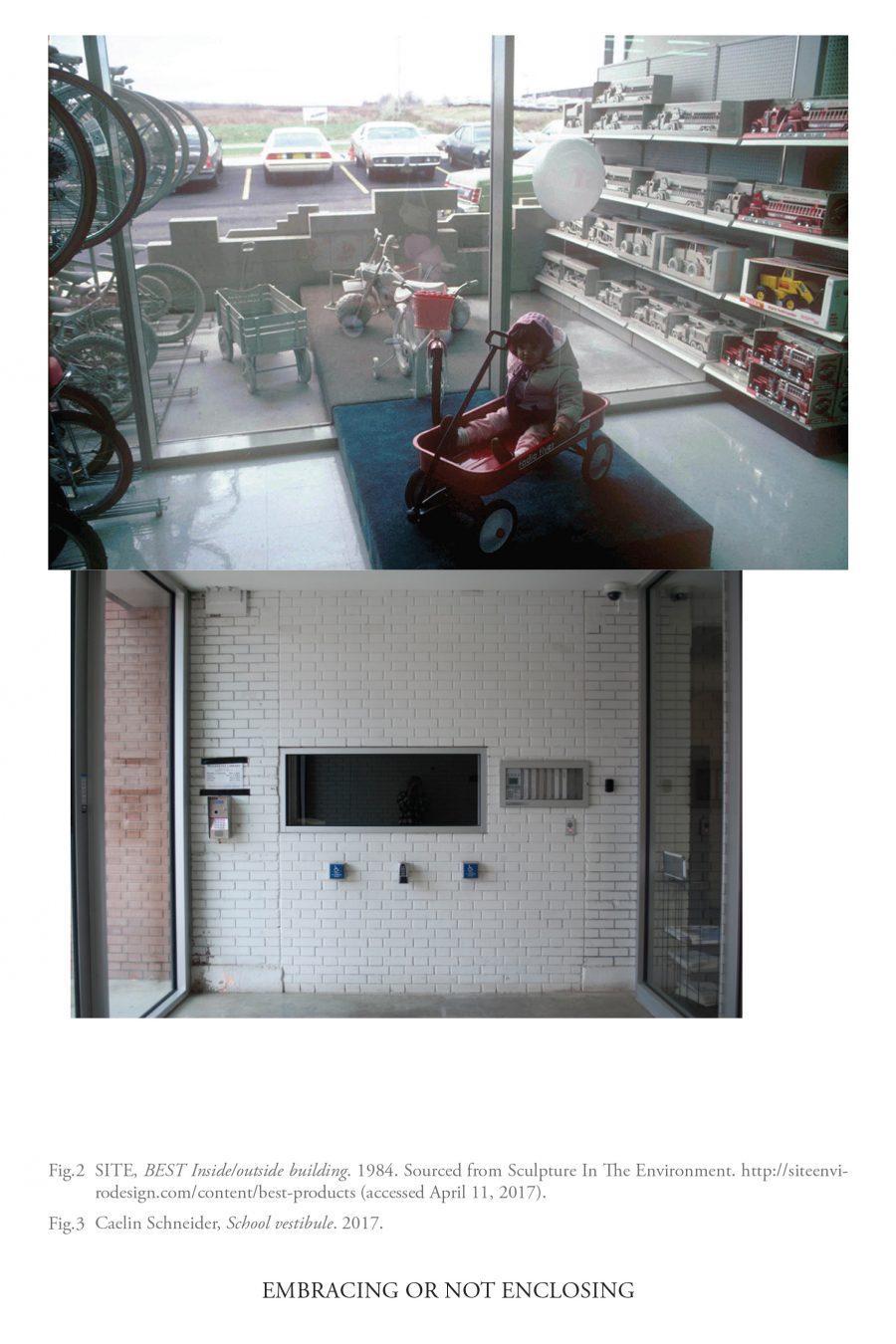



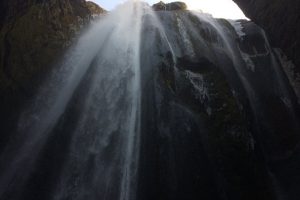
Leave a Reply